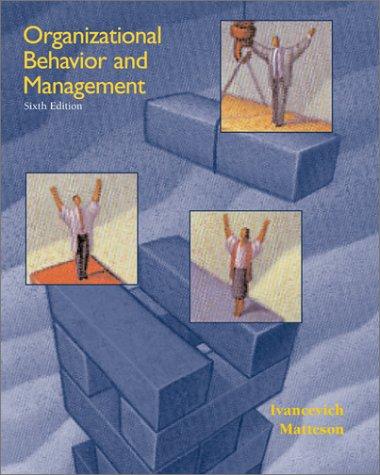


Please answer questions 4 and 5 and explain.
Cost-effectiveness analysis: "mm the Rescue: Episode 1" "Hi, this is Dr. Whom the HBHE department in SPH. We've got this great new health intervention that has improved cardiovascular health among UM employees, but we have no idea whether it passes a cost-effectiveness or cost-benet test. Can you help?" "Yes, I can help. Just give me some more info and I 'II have your answer by 2:30 pm. First, tell me more about your intervention. " "Well, we implemented it ve years ago for a random sample of 1,000 employees at UM and we've been tracking them and a control group of 1,000 others since then. This is a comprehensive program to improve cardiovascular health, particularly blood pressure and body weight. The intervention consists of a series of visits to exercise physiologists and nutritionists, a reduced rate at a local gym, and also motivational interviewing regarding physical activity, diet, and other aspects of lifestyle. We've already seen substantial improvements for our intervention group as compared to the controls." "Hmm, I see, that 's fantastic. Let me get started and I '1! call you back when I have more questions. " "Excellent thanks! It's just so beautiil how everyone at SPH works together for the common good." As you sit down to begin the analysis, a few questions immediately pop into your head: You call Dr. W back and ask rst about who the audience will be for the analysis. He is silent for several seconds, then says, "Great question. We hadn't thought that through entirely. I guess our primary audiences would be U-M as our employer. . .also other employers who might think about adopting our intervention. I also think that society in general should be interested in our results, though, because the intervention looks so promising!" In response to your request for more data, Dr. m then tells you the following: "For simplicity we've focused on two dichotomous measures: whether people are obese and whether they have high blood pressure (systolic over 140 or diastolic over 90). After one year, the breakdown for each group was as listed below, and it has remained exactly that way in each of the following four years:" Treatment group: Obese, high BP 20% Obese, normal BP 20% Normal weight, high BP 30% Normal weight, normal BP 30% Control group: Obese, high BP 25% Obese, normal BP 25% Normal weight, high BP 25% Normal weight, normal BP 25% Dr. m continued, "We had a health economist who also tracked all health service costs carefully, including the direct costs of our intervention. She recently left our group to work for the WHO, which is why we need your help now. She left with little warning, but fortunately left this note behind: Treatment on 's health service costs includin intervention er erson: Year 1: $3000; Year 2: $2000; Year 3: $1000; Year 4: $1000; Year 5: $1000 Control group's health service costsI per person: Year 1: $1000; Year 2: $1500; Year 3: $1500; Year 4: $1500; Year 5: $1500 You thank Dr. m and return to your work noting that the clock is racing towards 2:30 pm at an unnaturally quick pace. You begin by asking yourself the following questions: 4. What is the health effect of the intervention, based on the information you have thus far? What additional information do you need, in order to translate this health effect into a unit that would be more useful to base decisions upon? [15le} 5. What are the incremental health care costs of the intervention (relative to the,\" ngup) over the veyear time frame? Does the year-toyear pattern of incremental costs look reasonable to you? [2pp] You call Magain and ask him how U-M would prefer to quantt health eects for the purpose of deciding whether they want to adopt the intervention permanently. Msighs and replies, "I just talked to one of the university bigwigs I think the guy's name was ME. Bags and I found out that the university is thinking about this strictly from the perspective of their bottom-line. gthey want the analysis to focus on how the health effects translate into increased productivity and reduced lture medical costs." You thank Spok and dispatch your undergraduate research assistant to look up some numbers. Two hours later, your assistant returns with the following information, based on a review of the relevant research and data sources Average missed work-days per year due to illness, per person: Obese, high BP 20 Obese, normal BP 10 Normal weight, high BP 10 Normal weight, normal BP 5 Average cost to the university per missed work-day, in terms of productivity: $100













